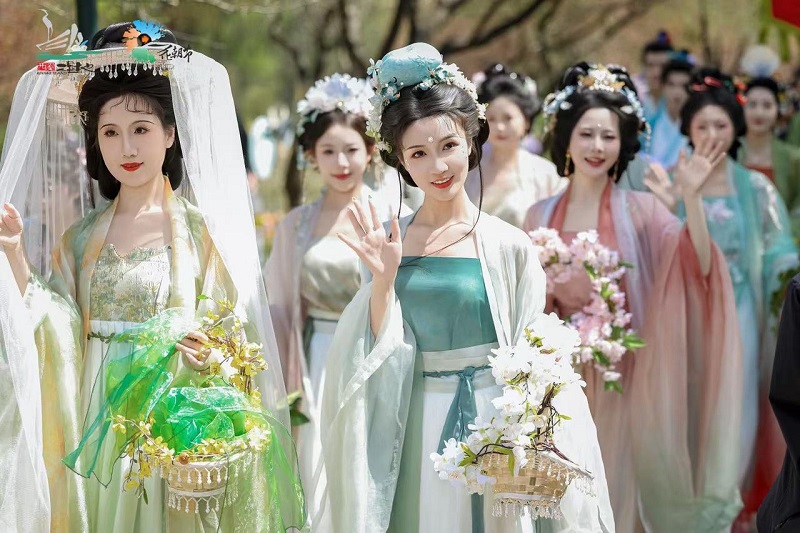Living Heritage: Tea
A leaf fell into the water and changed the taste of it. Henceforth, tea was born.
China is known as the home of tea. Since ancient times, tea has penetrated Chinese culture, leaving its aroma in poetry, etiquette and customs. Many tea lovers enjoy tea not just for its flavor, but also for the beauty of tea ceremonies.
Picking tea leaves is an important spring activity in the Yangtze River basin in South China. The earliest batch of tea is often ready to be picked before Qingming, which is observed in early April when the temperature begins to rise and rainfall increases. This precious small output of tea, widely sought after for its outstanding quality, is called Mingqian tea.
East China's Zhejiang province is acknowledged as a major producer of tea. White Tea in Huzhou city's Anji county and West Lake Longjing Tea in Hangzhou are two renowned teas in both China and abroad. In spring, local hillsides are filled with tea workers sowing seeds on their land. In the peak seasons, many tourists flock to witness the beautiful scenery of tea farms for themselves, while enjoying a freshly brewed cup of tea.
Thousands of years ago, by the hands of the Chinese people, a leaf was brewed into a delicious drink. It has traveled a long way and continues to bloom, even today.
Traditional tea processing techniques and associated social practices in China were inscribed on the Representative List of the Intangible Cultural Heritage of Humanity in 2022.
-
Xixi Wetland invites visitors to Huazhao Festival
March 25, 2025
-
Hangzhou sets standard for concert hosting
March 19, 2025
-
What is making Hangzhou the new tech powerhouse of China?
March 10, 2025
-
Inside Hangzhou: China's high-tech dream factory
March 12, 2025



